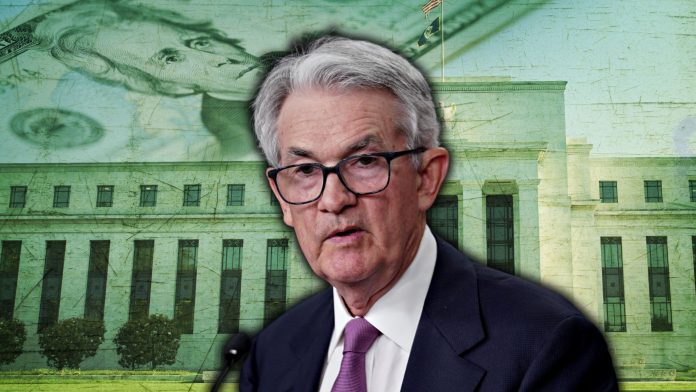The Federal Reserve opted to keep its benchmark rate unchanged during its July meeting, maintaining the target range between 5.25% and 5.5% to restrict future inflation. This decision, however, continues to leave consumers facing higher interest rates on financed purchases, including vehicles.
The central bank’s federal funds rate has remained at this level since July 2023. The actions of the Federal Open Market Committee (FOMC) directly impact the rates consumers receive when taking out auto loans. Despite earlier projections that suggested a potential rate cut this year, the Fed’s latest stance indicates a cautious approach to reducing rates until there’s greater confidence that inflation is moving sustainably towards the 2% target.
In its latest policy statement, the Fed reiterated its commitment to returning inflation to 2% and mentioned ongoing reductions in its Treasury securities and agency debt holdings. June data from the Bureau of Economic Analysis showed prices rising 2.5% year-over-year, while the Bureau of Labor Statistics reported a 3% increase in its consumer price index for the same period.
The next Fed meeting on interest rates is scheduled for September 17-18, with additional meetings in November and December. The Fed did not commit to a rate cut in September, emphasizing the need for further evidence of inflation moving towards the 2% goal before adjusting borrowing costs.
Currently, the U.S. economy continues to expand at a solid pace, with moderated job gains and a low unemployment rate. However, the jobless rate has been rising, prompting policymakers to focus on avoiding the sharp increase in unemployment typically associated with high interest rates and slowing inflation.
The impact of high interest rates on vehicle loans has been significant. According to Edmunds, the average new-vehicle loan in the second quarter charged 7.3% interest, the sixth consecutive quarter above 7%. The average loan financed is $40,873 with a $740 monthly payment. The average loan charged 11.5% interest for used vehicles, financed $28,166 and had a $552 monthly payment.
These rates contrast sharply with February 2022, when the average new-vehicle loan carried a 4.4% interest rate, a $656 monthly payment, and financed $39,772. Used-vehicle loans at that time had a 7.8% interest rate, a $544 monthly payment, and financed $31,138.
Charlie Chesbrough, senior economist at Cox Automotive, stated that high interest rates lead to decreased sales of larger vehicles. He mentioned that in today’s market, smaller cars are popular due to consumer demand for affordability and value, driven by high interest rates and prices.



